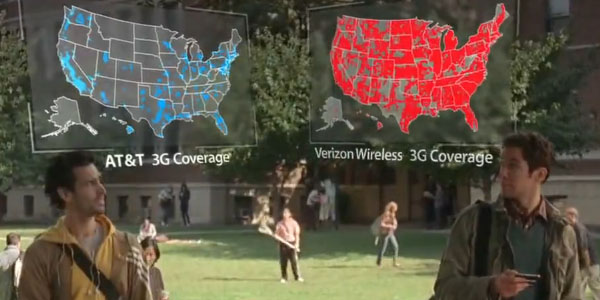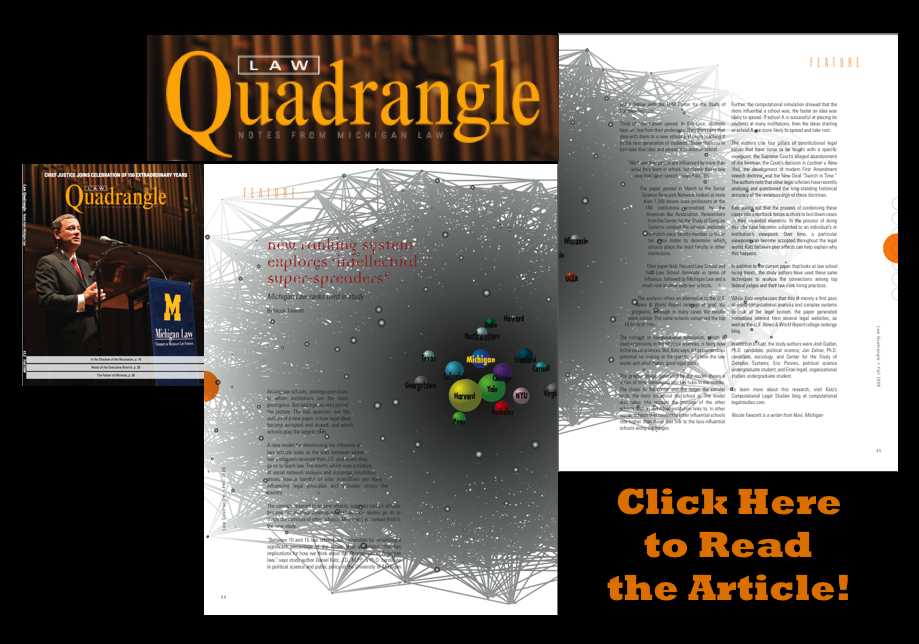In light of last night’s vote on H.R. 3962, the Affordable Health Care for America Act, we decided to calculate a few numbers on the current bill. Based on the Library of Congress’s XML representation of the bill (which can be obtained here), we have calculated a number of linguistic and citation properties of the Bill. The House of Representative approved HR 3962 by a 220-215 margin. The New York Times features a useful analysis of the vote including a breakout by party and region here.
On the Sunday morning talk shows as well as in other outlets, there has been significant discussion regarding the size of H.R. 3962. Specifically, many critics have decried the length of the bill citing its 1990 pages. The bill is indeed 1990 pages as you can see if you choose to download a PDF copy of the bill.
The purpose of this post is to provide a perspective regarding the length of H.R. 3962. Those versed in the typesetting practices of the United States Congress know that the printed version of a bill contains a significant amount of whitespace including non-trivial space between lines, large headers and margins, an embedded table of contents, and large font. For example, consider page 12 of the printed version of H.R. 3962. This page contains fewer than 150 substantive words.
We believe a simple page count vastly overstates the actual length of bill. Rather than use page counts, we counted the number of words contained in the bill and compared these counts to the number of words in the existing United States Code. In addition, we consider the number of text blocks in the bill– where a text block is a unit of text under a section, subsection, clause, or sub-clause.
Basic Information about the Length of H.R. 3962
Number of words in H.R. 3962 impacting substantive law:
- 234,812 words (w/ generous calculation)
Number of total words in H.R. 3962: 363,086 words (w/ titles, tables of contents …)
Number of text blocks: 7,961
Average number of words per text block: 24.18
Average words per section: 267.03
Is this a Large or Small Number? Comparison to Harry Potter
Number of substantive words in H.R. 3962: 234,812 words
Harry Potter and the Order of the Phoenix – 257,000 words
Harry Potter and the Goblet of Fire – 190,000 words
Harry Potter and the Deathly Hallows – 198,000 words
Is this a Large or Small Number? Comparison to Other Legislation
Number of substantive words in Energy Bill of 2007: 157,835 words
Number of substantive words in Defense Authorization Act for 2010: 119,960 Words
H.R. 3962 is roughly 2x the Size of Medicare Rx Bill of 2003 (Given there is no public XML version of the bill, the Exact “Substantive Words” Number is not available)
Is this a Large or Small Number? Comparison to the Full U.S. Code
Size of the United States Code: 42+ Million Words
Relative Size of H.R. 3962: H.R. 3962 is roughly 1/2 of one percent of the size of the United States Code
Longest Sections in H.R. 3962
- Sec 341. Availability Through Health Insurance Exchange
- Sec 1222. Demonstration to promote access for Medicare beneficiaries with limited English proficiency by providing reimbursement for culturally and linguistically appropriate services.
- Sec 1160: Implementation, and Congressional review, of proposal to revise Medicare payments to promote high value health care
- Sec 305: Funding for the construction, expansion, and modernization of small ambulatory care facilities
- Sec 1417: Nationwide program for national and State background checks on direct patient access employees of long-term care facilities and providers
Modifications of the Existing U.S. Code By H.R. 3962
Number of Strikeouts: 332
Number of Inserts: 390
Number of Re-designations: 65
Acts Most Cited By H.R. 3962
Social Security Act: 622 times
Public Health Service Act: 134 times
Affordable Health Care for America Act: 60 times
Indian Health Care Improvement Act: 56 times
Indian Self-Determination and Education Assistance Act: 45 times
Employee Retirement Income Security Act: 39 times
Medicare Prescription Drug, Improvement, and Modernization Act: 11 times
American Recovery and Reinvestment Act: 7
Sections of the U.S. Code Cited (Properly) Most By H.R. 3962
25 U.S.C. §450. Congressional statement of findings: 38
25 U.S.C. §13. Expenditure of appropriations by Bureau: 13
42 U.S.C. §1396a(a). State plans for medical assistance: 10
42 U.S.C. §1396d(a). Definitions: 7
42 U.S.C. §2004a. Sanitation facilities: 7






